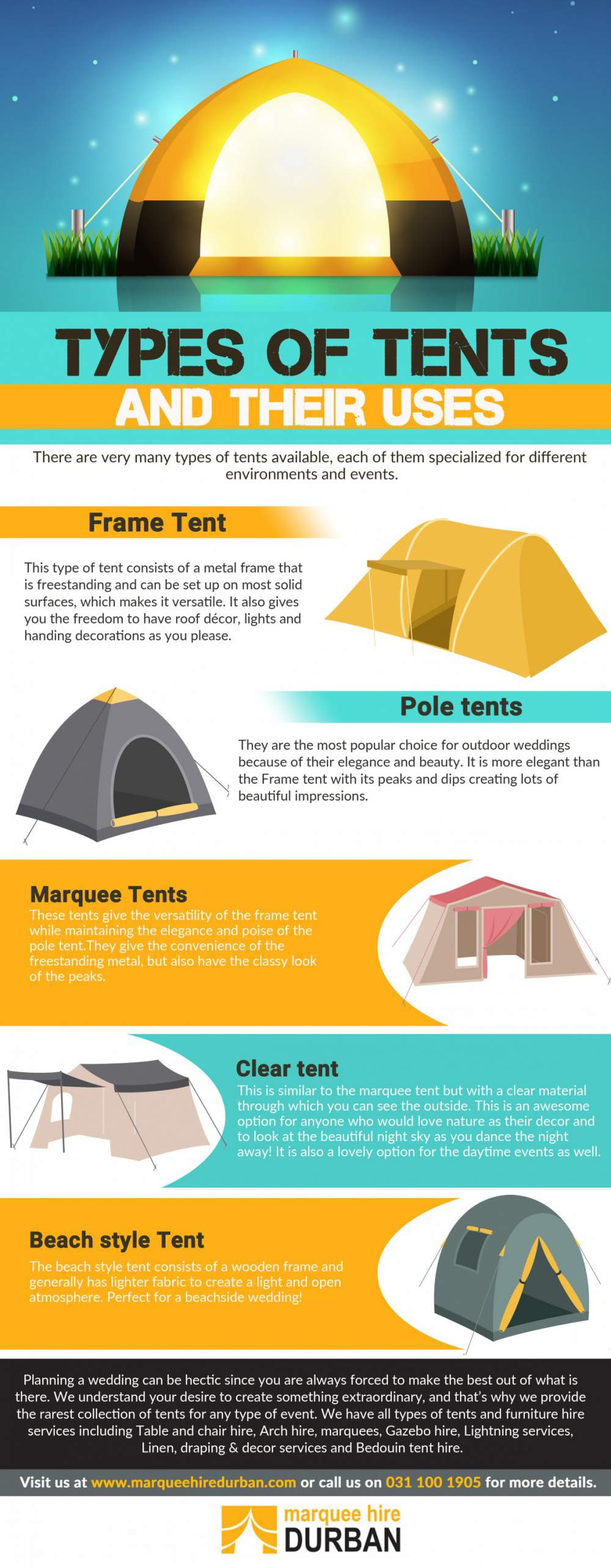Bell tents are ending up being increasingly popular as flexible, elegant sanctuaries for camping and glamping. However what's the background behind this long-lasting design?
How do you hold a tent down?
Henry Hopkins Sibley patented the single-pole conelike tent that we know as a bell camping tent. Nevertheless, he abandoned to the Confederacy and never ever obtained his aristocracies.
Ultimately, someone else added short wall surfaces to the cone cover and designed what we now referred to as a bell camping tent.
Beginnings
The appeal of bell tents is growing, and they're now a staple at camping festivals and as trendy backyard resorts. Their large insides give a flexible home from home environment that's ideal for families and groups of pals, while the round style helps with security in strong winds.
The style of the contemporary bell outdoor tents can be mapped back to army outdoors tents made use of by European militaries throughout the Crimean Battle in 1853-1856. After that, in America, a soldier called Henry Hopkins Sibley patented a comparable framework that attracted inspiration from American Tipis.
Both designs are still in use today. However, Sibley camping tents differ from their more recent cousins in that they have side walls and a raised larger entryway. Sibley camping tents likewise depend on a single central pole for support which makes them simpler to establish yet restricts arrangement alternatives.
Objective
Bell outdoors tents' special form and large insides make them the suitable option for a vast array of exterior tasks. Whether you're hosting a yard camping celebration, glamping at a remote natural retreat or going on an epic fantasy-inspired adventure, the convenience of these tents ensures that your experience will certainly fit and elegant.
The bell-shaped outdoor tents was initially patented in 1856 by Henry Hopkins Sibley, that had actually created the style after observing Indigenous American tipi outdoors tents. Nevertheless, he resigned from the US Army at the episode of the Civil Battle, surrendering his legal rights to future royalties.
Since then, the design has actually ended up being a staple of numerous glamping experiences. These elegant tents often include deluxe bed linen and en-suite restrooms, giving campers the possibility to appreciate nature without compromising comfort.
Design
In the contemporary, bell outdoors tents have actually experienced a revival in popularity, as individuals seek an extra immersive outside experience. They are utilized in a range of settings, consisting of camping, glamping, and events. Their unique shape, large insides, and reasonably easy assembly make them a prominent selection for those looking for an elegant, historic style to their outdoor experiences.
The unique shape of a bell camping tent creates high ceilings and adequate headroom, making it comfy to stand up in and move. In addition, the facility post is not placed near the entry of the tent, enabling more privacy and room inside the shelter.
The bell outdoor tents design traces back to an American soldier named Henry Hopkins Sibley, who was inspired by Indigenous American tipi outdoors tents when establishing his version of the bell tent in 1856. His design was a substantial renovation over standard army camping tents, which were tough to carry because of their challenging building and construction.
Products
In modern-day times, Bell Tents are crafted from exceptional products that are created for resilient durability. This is why they are a popular option amongst entertainment campers, festival-goers, and glampers alike.
In the 19th century, a United States Military officer named Henry Hopkins Sibley adapted standard outdoors tents right into what is currently referred to as the modern-day bell tent. He based his design on Native American Tipi structures, including brief wall surfaces to the central post framework that made it more secure.
Today, polycotton canvas is a typical product used in the building and construction of bell camping tents. This mix of cotton and polyester offers a vast array of benefits, including breathability, remarkable climate resistance, and easier upkeep than pure cotton canvas. This textile is also resilient and abrasion-resistant. It is thicker than a lot of nylon textiles, however, which can make it heavy and a lot more pricey than typical tents.
Contemporary
In modern, the popularity of Bell Tents has taken off thanks to glamping sites and festivals providing these large camping tents for couples, teams and households to take pleasure in. The visual appeal and toughness of these circular camping tents are interesting many campers.
Whether it be rain or wind, these outdoors tents hold their very own against the components. Commonly, they're made with canvas that is treated to protect against wetness, glamping tent mildew and UV rays.
Are inflatable tents worth it?
It isn't clear precisely when these outdoors tents were invented, however it's extensively known that they're a variation of a Sibley camping tent - named after Henry Hopkins Sibley, that adjusted the layout of the American Indian tipi. It is assumed that whoever added brief wall surfaces to Sibley's cone canopy was responsible for the production of the bell camping tent as we know it today.
